 Is your teen ready to drive? Teenagers are typically anxious to get behind the wheel. Driving offers teens a sense of freedom and independence. Being able to drive is like a tangible symbol that gives teens affirmation that they have grown up and are on their way to adulthood. However, it’s very important for parents to recognize when their teen is indeed ready for this great responsibility. Check these five rules and considerations before you allow your teen to drive.
Is your teen ready to drive? Teenagers are typically anxious to get behind the wheel. Driving offers teens a sense of freedom and independence. Being able to drive is like a tangible symbol that gives teens affirmation that they have grown up and are on their way to adulthood. However, it’s very important for parents to recognize when their teen is indeed ready for this great responsibility. Check these five rules and considerations before you allow your teen to drive.
Meets State Requirements
Of course, your teen needs to meet your state’s requirements to drive. Different states have different driving ages, curfews, passenger limits, etc. Be certain that your teen meets these state requirements.
Your Teen Is Mature & Responsible
Teens reach maturity at different ages. Some teens can be very mature at 14. Others take longer. Mature teens know how to manage frustrations, are able to stay calm in challenging circumstances, can disagree without being disagreeable, and are willing to learn from others and is not ashamed to seek advice and wisdom from parents, teachers and coaches.
Follows Your Rules
Make sure your teen is following your rules. If they are unable to follow these rules, they are likely unable to follow traffic laws. The rules can include anything from not allowing other passengers in the car to calling home once they’ve arrived at a destination. If your teen doesn’t demonstrate responsibility, by accepting and following house rules, they may not have the maturity necessary to get behind the wheel.
Does Not Use Phones While Driving
Parents should implement a strict “No Cell Phone” rule while teens are driving. They can stop, park and then call or text back if it is urgent.
Is Prepared For the Costs
It’s important that both you and your teen are prepared for the financial burden that accompanies the privilege of being able to drive. Many parents insist that their teen keeps a job while they drive, so that they may take some responsibility for the cost.
Every time your teen drives, you are essentially entrusting your home and assets to them. Just because a teen has reached the youngest age at which they could get a license, does not entitle them to drive. Teens change and grow quickly. Often, it is just a matter of six months before a parent begins to feel more comfortable with allowing their teen to drive.
Was This Helpful? Get More Content Like This!
Join Our Broad & Bright Mailing List By Signing Up Below
AMSkier Clients already receive these articles and much more.


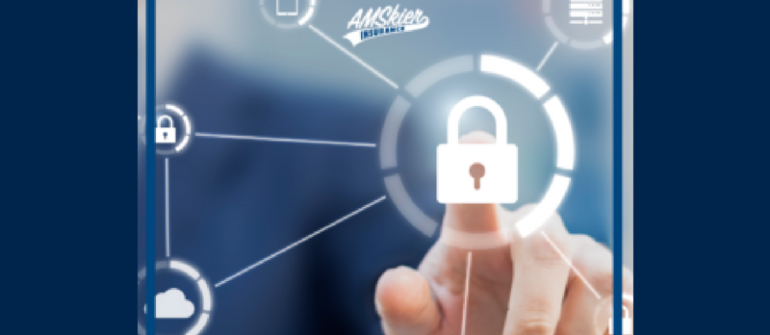
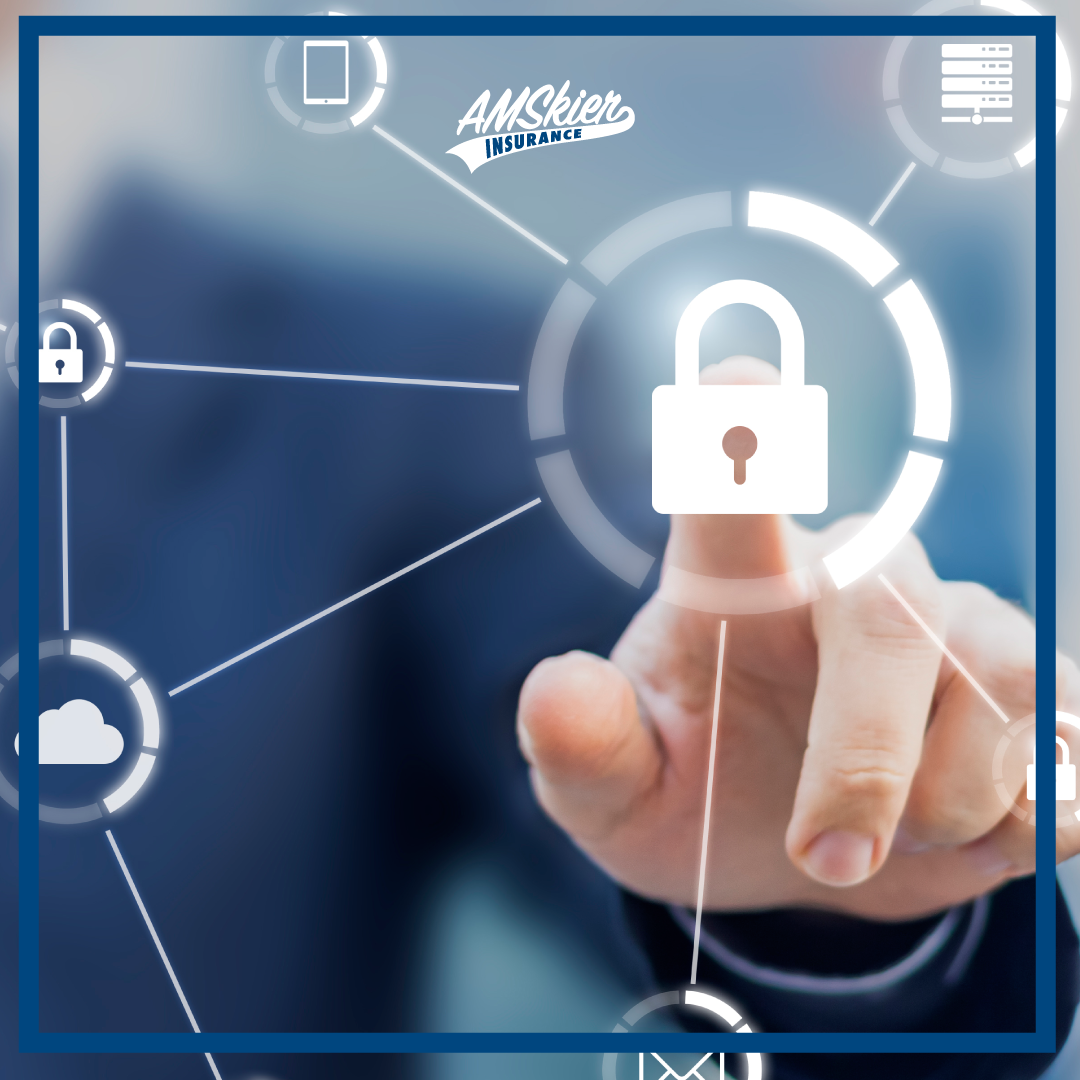 Cyber criminal acts on small businesses are growing, some experts say. Sixty percent of all online attacks in 2014 targeted small and midsize businesses, according to Timothy C. Francis, enterprise leader of cyber insurance at Travelers.
Cyber criminal acts on small businesses are growing, some experts say. Sixty percent of all online attacks in 2014 targeted small and midsize businesses, according to Timothy C. Francis, enterprise leader of cyber insurance at Travelers.

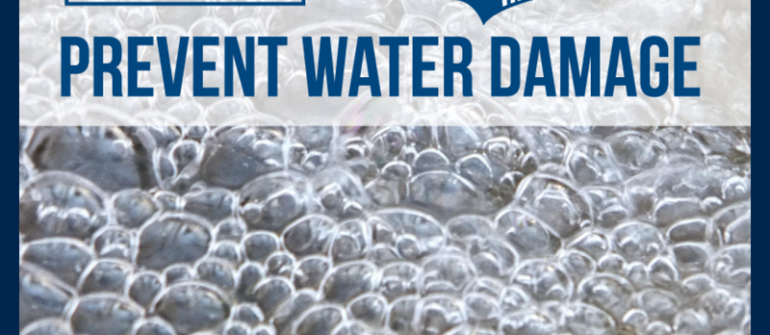
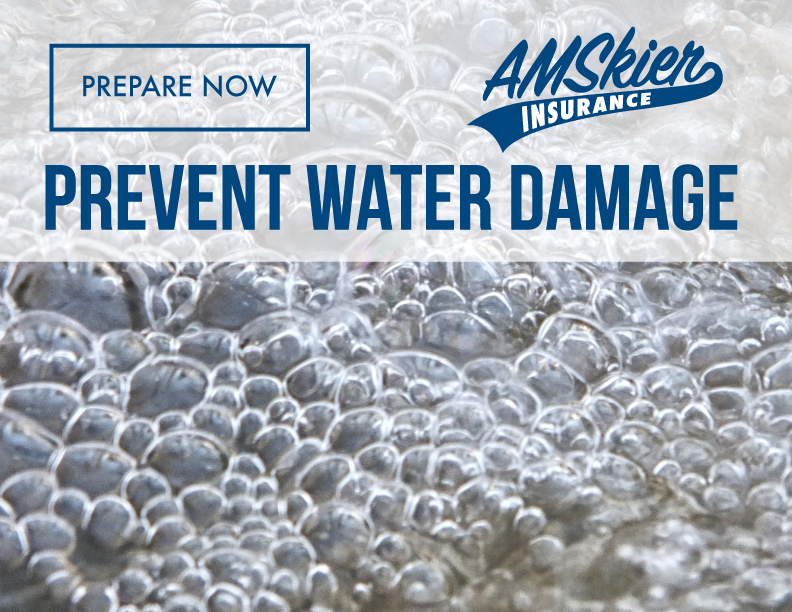

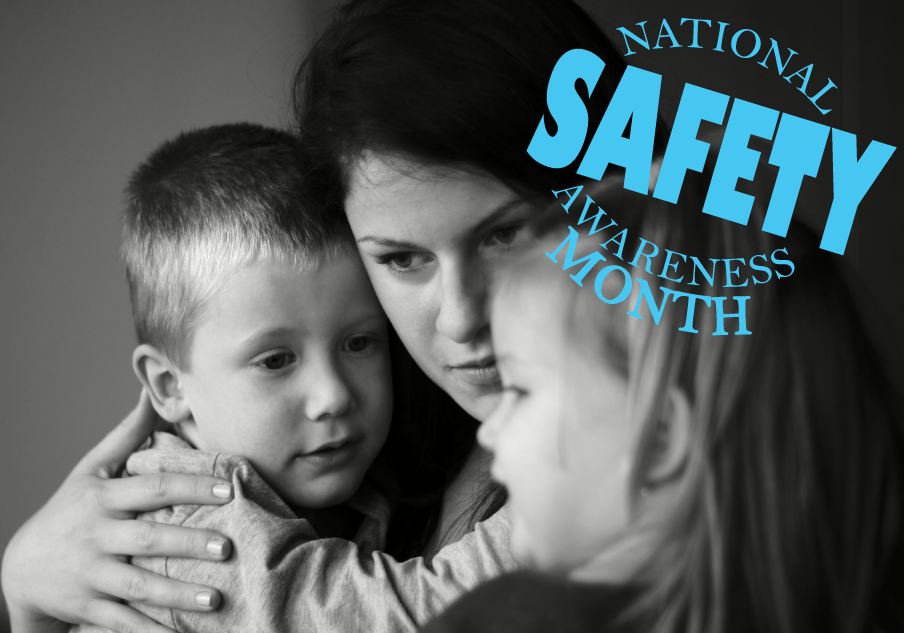 June is National Safety Awareness month and it also marks the beginning of summer storm season. In light of this, we hope to provide you with 3 steps for disaster preparedness.
June is National Safety Awareness month and it also marks the beginning of summer storm season. In light of this, we hope to provide you with 3 steps for disaster preparedness.